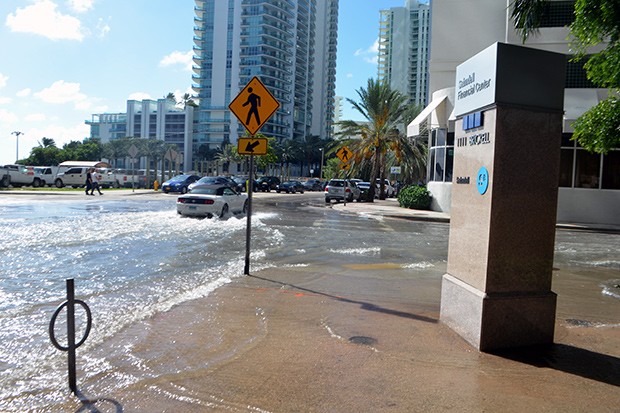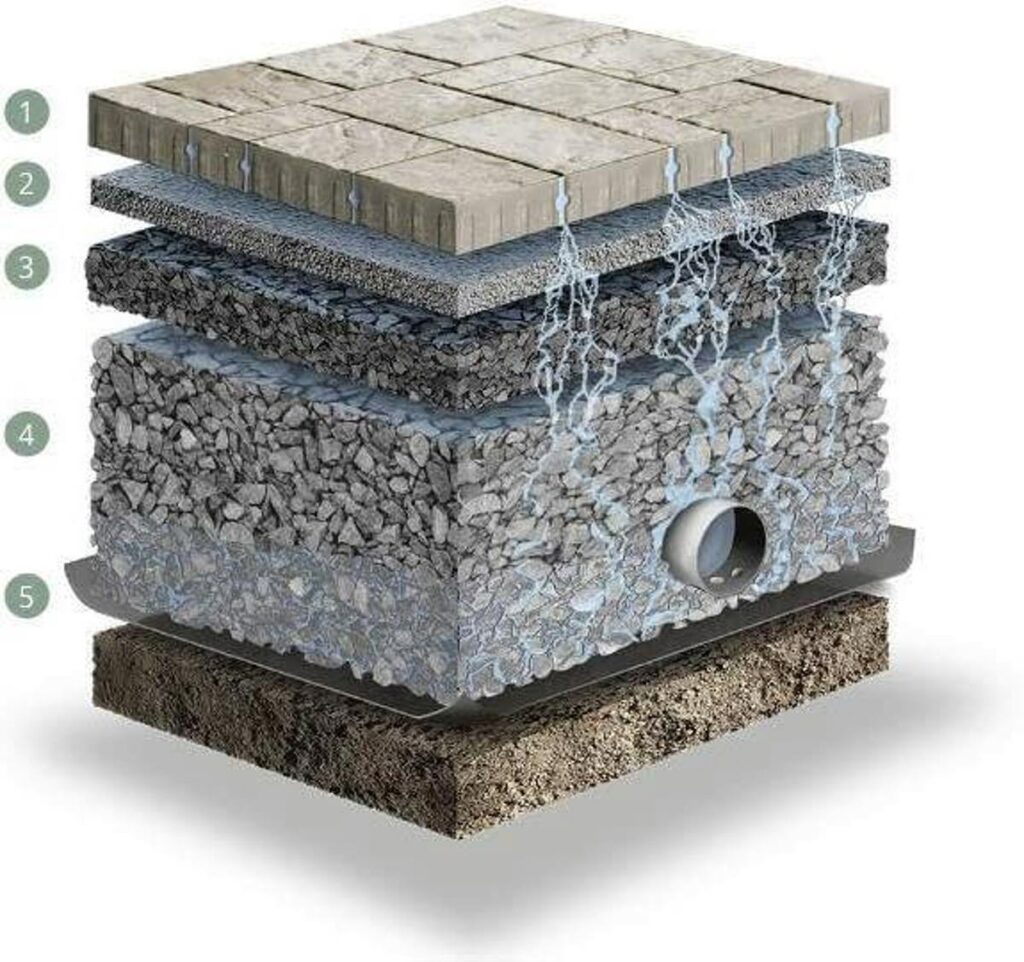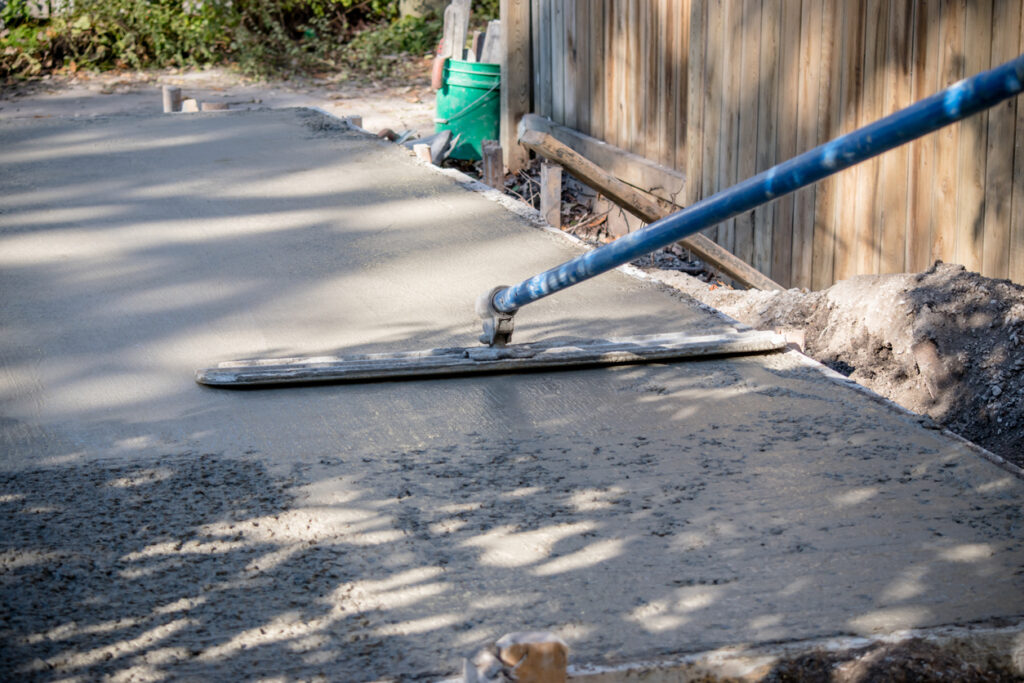Embracing Water as a Relentless Force
 As anyone who has built a sandcastle near the water will tell you: water is relentless. It just keeps coming and it will eventually claim your architectural masterpiece.
As anyone who has built a sandcastle near the water will tell you: water is relentless. It just keeps coming and it will eventually claim your architectural masterpiece.
Looking beyond mere childish dreams to real estate near sea level, water is relentless. Structures are under constant and unabating threat from water: to deal with this we have built levees, flood walls, sea walls, drainage ponds, etc. And historically these strategies have worked reasonably well at resisting both regular and even some extreme challenges. But what happens when the extreme becomes regular or the extreme goes to unimaginable.
With sea level rise, flooding that was once thought of as extreme is now quite regular. It’s no longer uncommon to see sunny day flooding in Miami Beach that has nothing to do with the “King Tides” every Autumn. Simply, put, if you are constantly dealing with a threat you need to design and build differently for the continuous kind of threat that is water even before you get to the extreme events. We need to acknowledge that water is a relentless force and embrace it.

King Tide Flooding in Miami
This is where the PaveDrain system comes in. Instead of fighting the inevitable, the system embraces the inevitable: it’s going to rain and there will be high tides. It is a total water management system that embraces the relentless nature of water—allowing water to flow through, over, and around the open joints without damaging the surface. This means as the water level rises it does not break or crack the hard surface.
Furthermore this same idea applies far away from the sea level as well. Freeze-thaw cycles are inevitable in Northern states, aka potholes. But, what if the engineering design embraced the fact that as water freezes it expands. This is where the large subsurface voids and open channels of the PaveDrain system embraces what might otherwise be a huge problem. Simply put PaveDrain surfaces not only manages stormwater better, they don’t have to be patched or sealed due to freeze-thaw damage.
As we build and repair our infrastructure it’s important our engineering not only acknowledge the inevitable, but to embrace it.
Latest News

Building a Better Sea Wall
Waterfront property is the best: sea breezes, water access, and views. Unfortunately water and shoreline are always in a bit […]

Stop Building Tunnels for Stormwater
Engineers love big projects. They are statements of competence, and also make big money. However, bigger isn’t always better and […]

Understanding The Installation Costs Of Permeable Pavement
Permeable pavement has emerged as a leading solution in modern construction, known for its environmental benefits and ability to manage […]

What Accessories Do You Need For Working With Concrete?
Working with concrete is an integral part of construction, whether it involves laying foundations, building structures, or creating pathways. The […]
